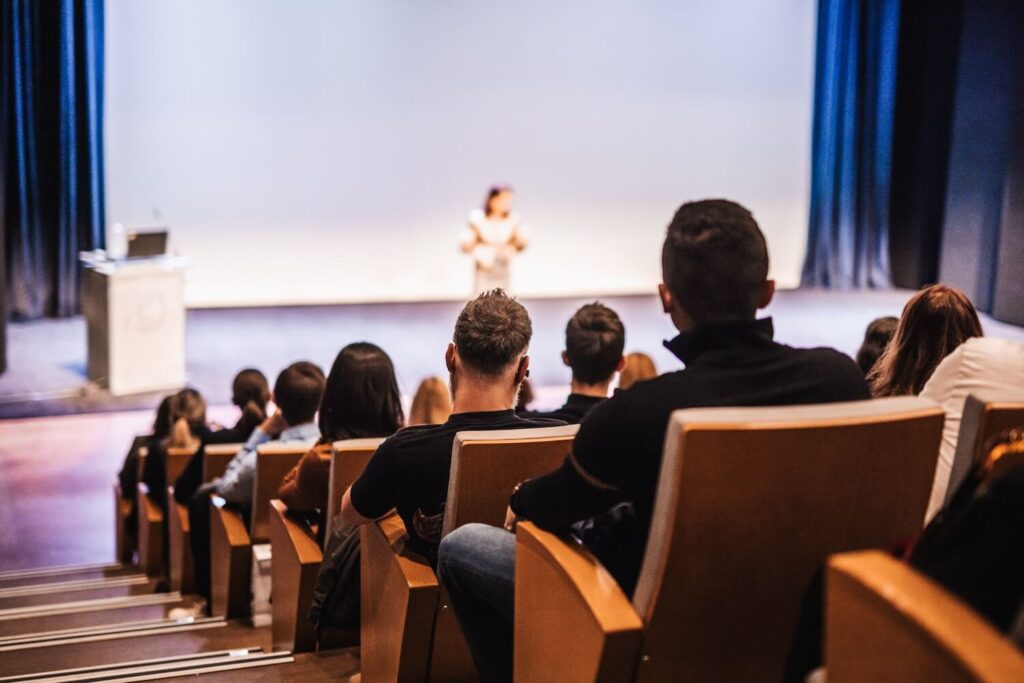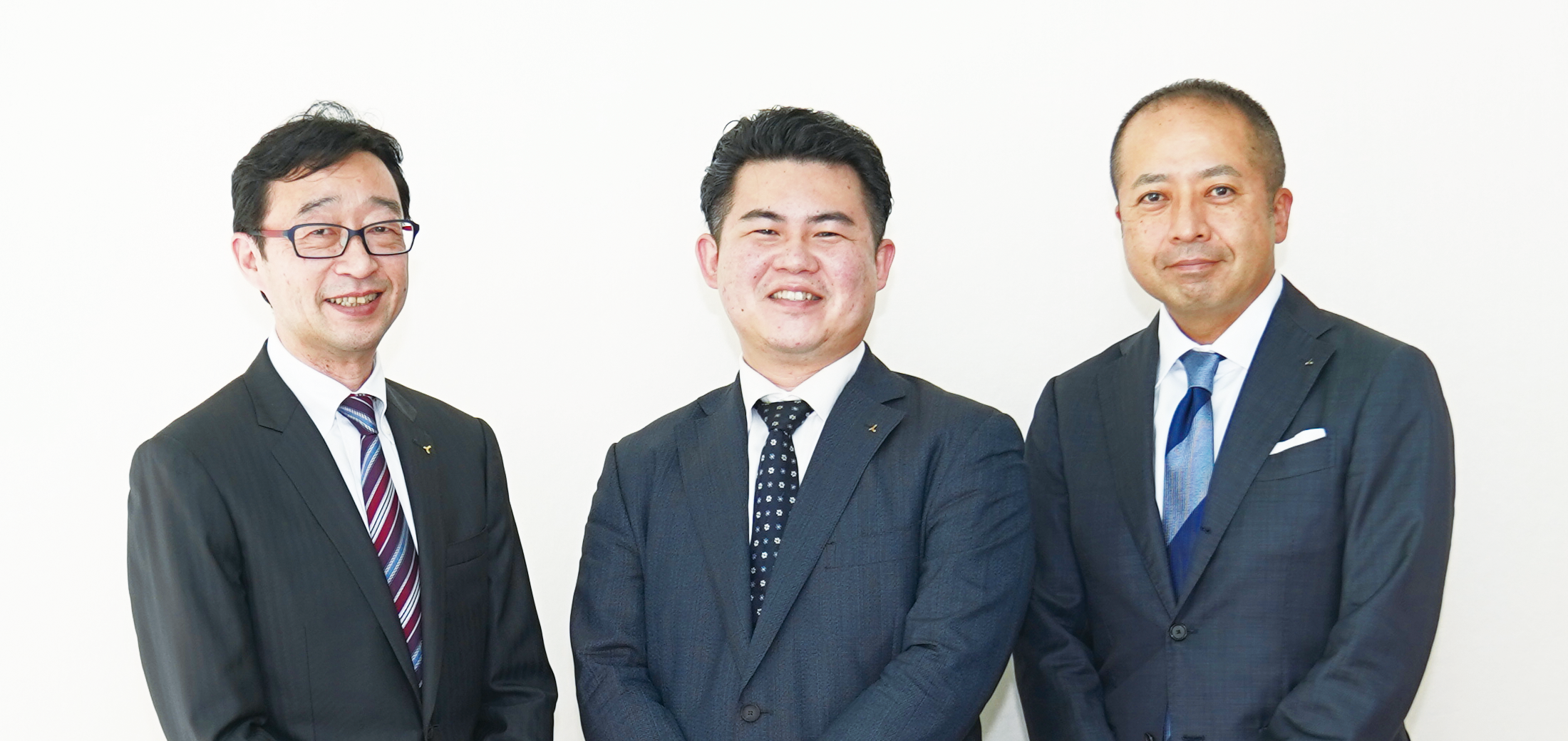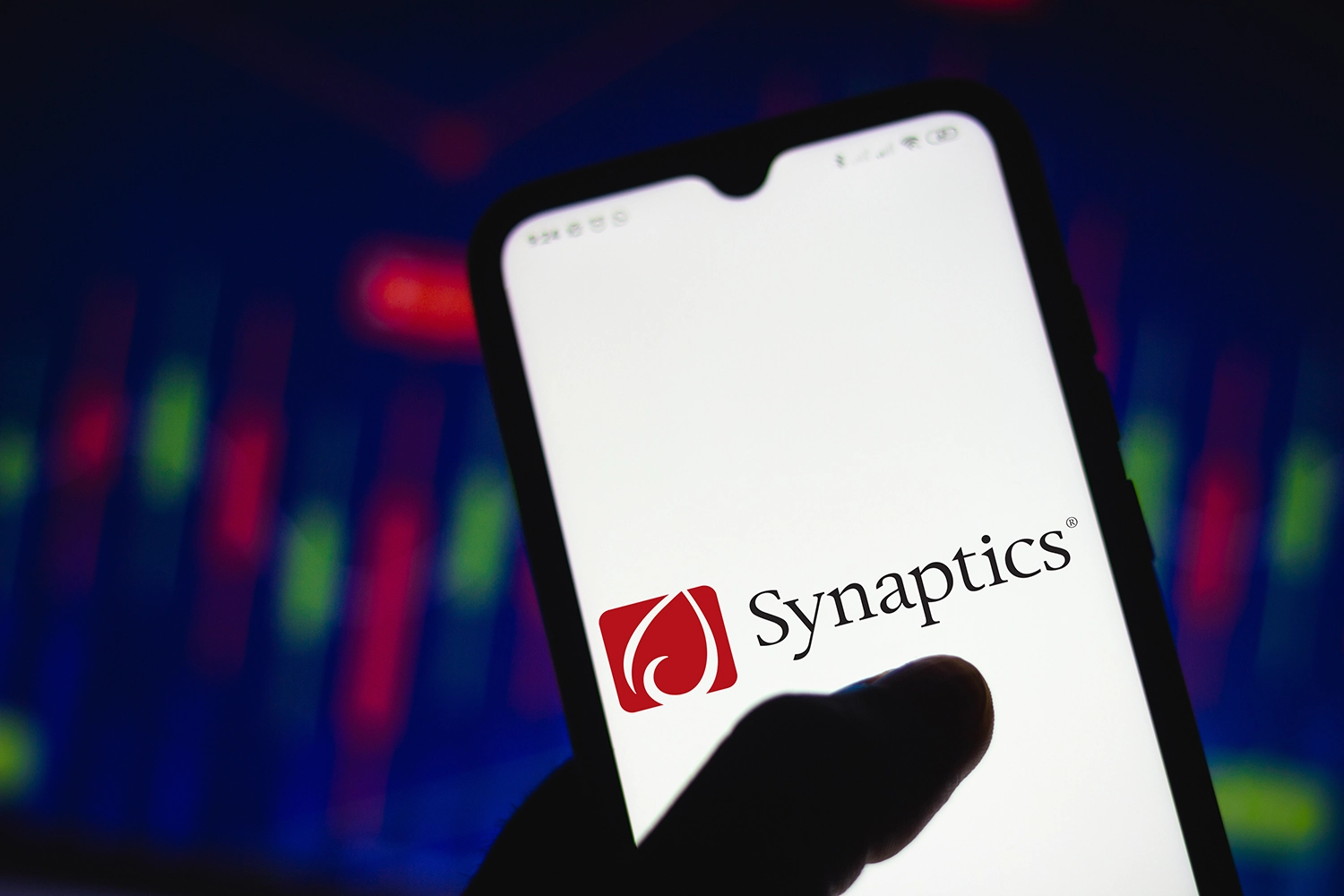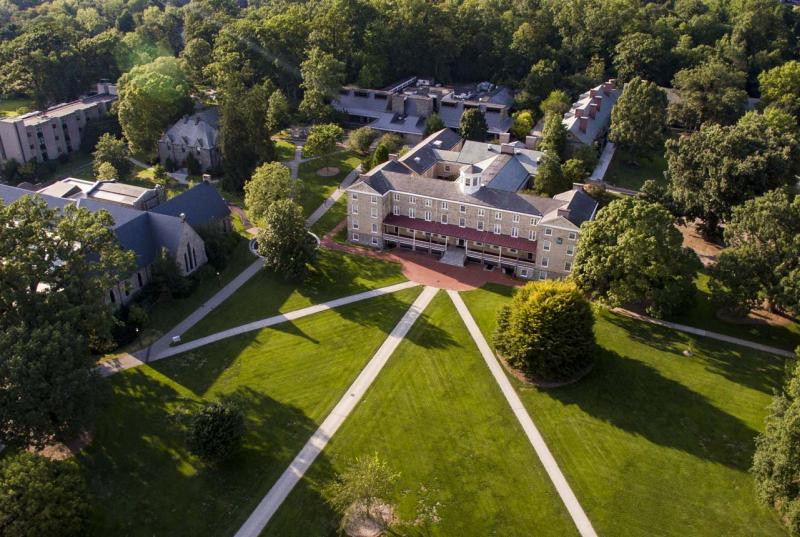
How To Set Up Any Room For Lecture Capture
A complete guide to implementing lecture capture anywhere on campus, from content considerations to equipment configuration and more.

Visit just about any classroom today, and you’ll see faculty using technology to reclaim class time, facilitate active learning, and develop a new style of teaching that adjusts to the needs of individual students.
Once confined to a limited number of classrooms specially equipped with dedicated A/V equipment, lecture capture technology can now be found in most any learning space, ready for faculty and students to record, share, and review a wide variety of classroom materials.
That makes now an excellent time to consider how your institution currently supports video-enabled instruction — as well as how you might make video even more accessible, flexible, and useful for faculty and students alike.
In this guidebook, we’ll discuss the practical considerations for provisioning any room on campus for lecture capture, and include 9 examples of different lecture capture setups for various learning spaces. We’ll also share our favorite audio and visual recording equipment.
If your goal is to make lecture capture possible anywhere on your campus, this is your definitive guide.






